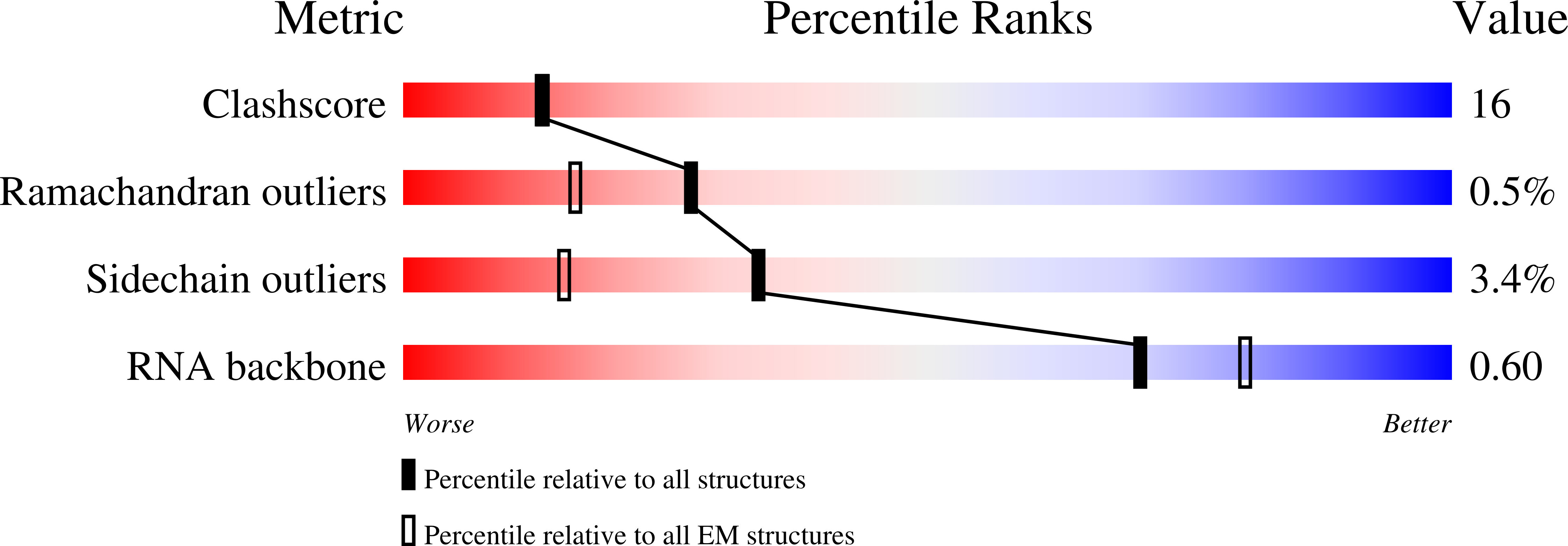
Deposition Date
2024-08-02
Release Date
2025-02-05
Last Version Date
2025-02-19
Method Details:
Experimental Method:
Resolution:
3.10 Å
Aggregation State:
PARTICLE
Reconstruction Method:
SINGLE PARTICLE


